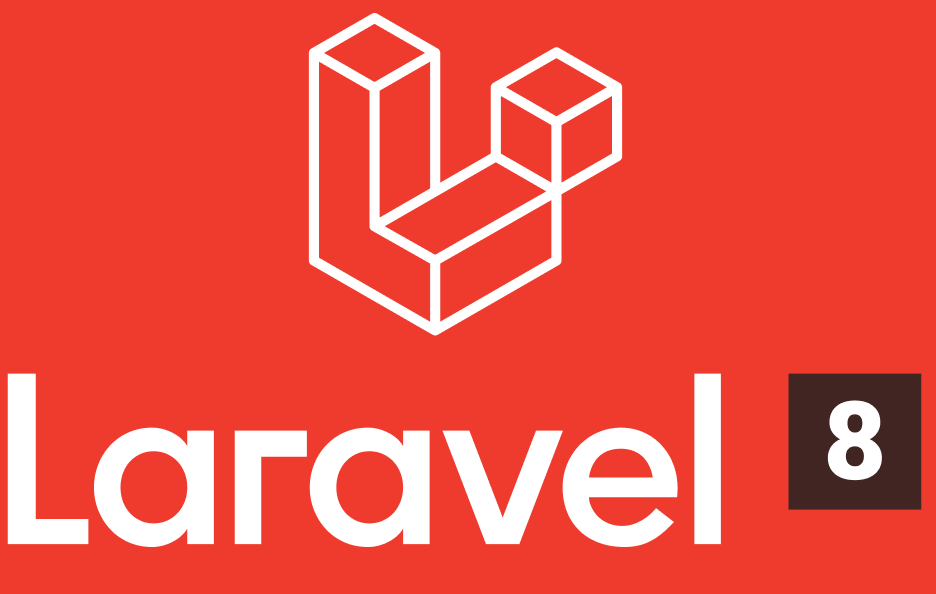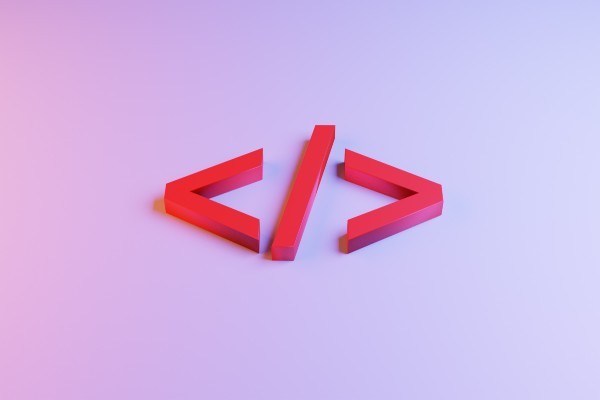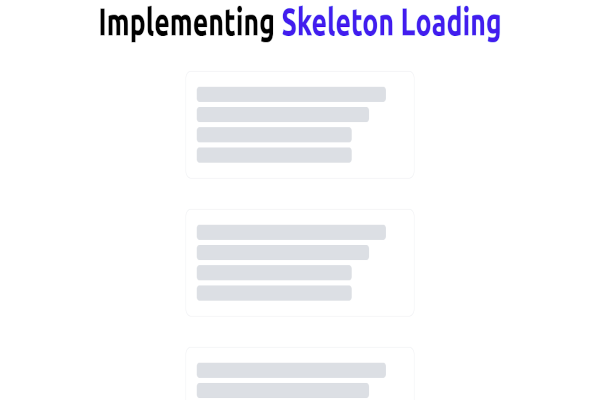Companies may experience numerous challenges when managing their services or applications. For example, firms may need to send emails to millions of users or perform database backups. All of these operations require massive computing power.
Running all of these services at once could affect the performance of the application. As a result, users may become frustrated due to the long delays. Laravel seeks to resolve this issue through the use of queues.
Prerequisites
To follow along, you need to have installed Laravel 8 on your computer. Having some knowledge of PHP and Laravel is also crucial. The key Laravel components that will be used in this project are Mail and Jobs.
Objectives
By the end of this tutorial, you should be able to enhance your application’s performance by delaying the running of certain services.
What is Laravel queue
A queue involves placing things in order. For instance, a queue management system can be used to serve customers on a first-come-first-serve basis.
This is no different from the Laravel queue. It serves the same job by ensuring that programs or services are executed in a certain order.
For example, you have an application that requires users to sign up and then send them a One-Time-Password (OTP) or even a welcome email. Though this is a great implementation, it may slow down the application’s performance. Laravel queues can help salvage this situation.
Let’s get started.
Configuring Laravel queues
Laravel provides several drivers that we can use to configure our queues. In this tutorial, we will use the database driver.
In this project, we will focus on sending emails using Laravel queues.
Start by running the following command:
php artisan queue:table
Output:
Migration created successfully!
The command above sets up our application to use the database driver to implement queues. It also creates our migration file and a jobs table.
Here is our migration file:
class CreateJobsTable extends Migration{
// this method will create a database called jobs with its respective columns
public function up(){
Schema::create('jobs', function (Blueprint $table) { //we define our database columns here
$table->bigIncrements('id');
$table->string('queue')->index();
$table->longText('payload');
$table->unsignedTinyInteger('attempts');
$table->unsignedInteger('reserved_at')->nullable();
$table->unsignedInteger('available_at');
$table->unsignedInteger('created_at');
});
}
// this method is used to check if the table already exists
public function down(){
Schema::dropIfExists('jobs');
}
}
We also need to notify Laravel that we will be using the database driver by updating the .env file as follows:
QUEUE_CONNECTION=database
With our jobs table ready, we can now run the migrations as shown below:
php artisan migrate
Before running the above
migrationcommand, ensure that your.envfile has the correct database credentials to avoid errors.
Output:
Migration table created successfully.
--------
Migrating: 2021_06_22_123248_create_jobs_table
Migrated: 2021_06_22_123248_create_jobs_table (117.97ms)
Setting up emails to use Laravel queues
In this section, we will use the mailable class to set up our emails.
Let’s start by running the following command:
php artisan make: mail TestHelloEmail
Output:
Mail created successfully.
The above command creates a TestHelloMail.php file inside the ./app/Mail directory.
Here are the contents of the TestHelloMail.php file:
<?php
class TestHelloEmail extends Mailable{
use Queueable, SerializesModels;
public function __construct(){
//
}
public function build(){
return $this->view('view.name'); // returns a view to the user
}
}
Since we have created our mailable class, navigate to the resources/views folder and create a new directory called mail.
Inside this folder, create a new file and name it testEmails.blade.php.
Include the following HTML line in the testEmails.blade.php file.
<p> My mailing queues testing</p>
Now, let’s update the TestHelloEmail.php file, as shown below:
public function build(){
return $this->view('view.mail.testEmails');
}
The next step is to create jobs to manage our emails.
Here we can use the following command:
php artisan make:job TestSendEmail
Output:
Job created successfully.
The above command will create a testSendEmail.php file inside the app/jobs/ folder.
Let’s update its contents as follows:
use Dispatchable, InteractsWithQueue, Queueable, SerializesModels;
class TestSendEmail implements ShouldQueue{
public function __construct(){
//
}
public function handle(){
$email = new TestHelloEmail();
Mail::to('johndoe@tests.com')->send($email);
}
}
In the above testSendEmail.php file, we import the Mail facade and the TestHelloEmail.php class to implement the Laravel queue.
Testing emails
In this step, we need to add a controller to handle our logic.
To do so, we use the following command:
php artisan make:controller TestQueueEmails
Output:
Controller created successfully.
Open the generated controller and edit it as follows:
class TestQueueEmails extends Controller
{
/**
* test email queues
**/
public function sendTestEmails()
{
$emailJobs = new TestSendEmail();
$this->dispatch($emailJobs);
}
}
Then add the following in your routes file:
Route::get('sending-queue-emails', [TestQueueEmails::class,'sendTestEmails']);
When you navigate to http://localhost:8000/sending-queue-emails, you will notice jobs has been added in the jobs table.
When we want to dispatch the jobs, we use the following command:
php artisan queue: work
Conclusion
In this tutorial, we have discussed the process of implementing Laravel queues using a simple email sender. Laravel queues can help developers improve user satisfaction by running complex services only when the application is not in use. 4
You can use this knowledge to create more powerful applications.
Happy coding!










Comments: